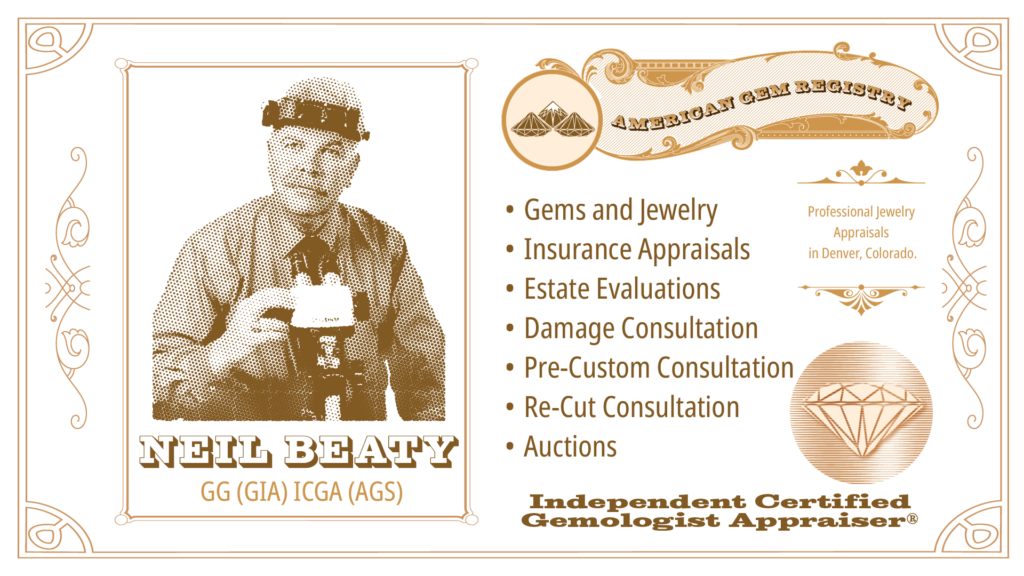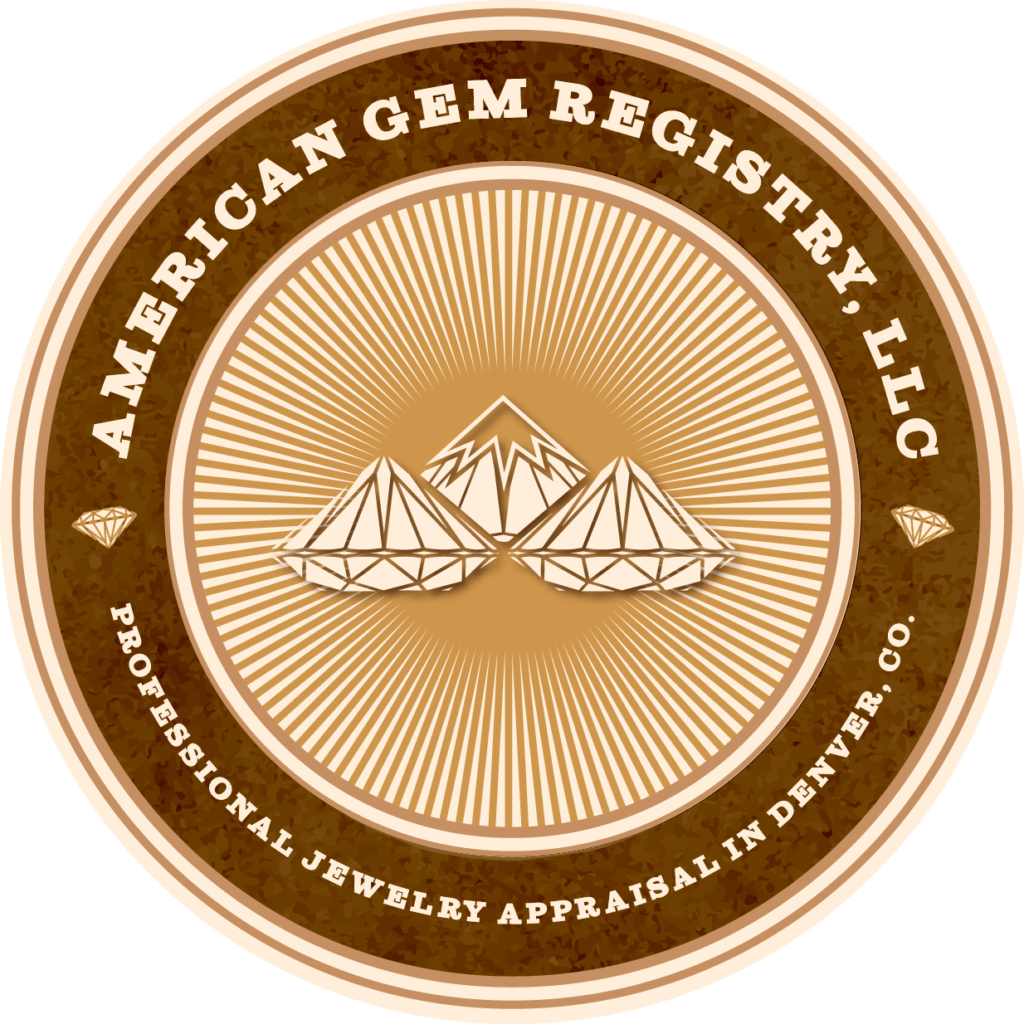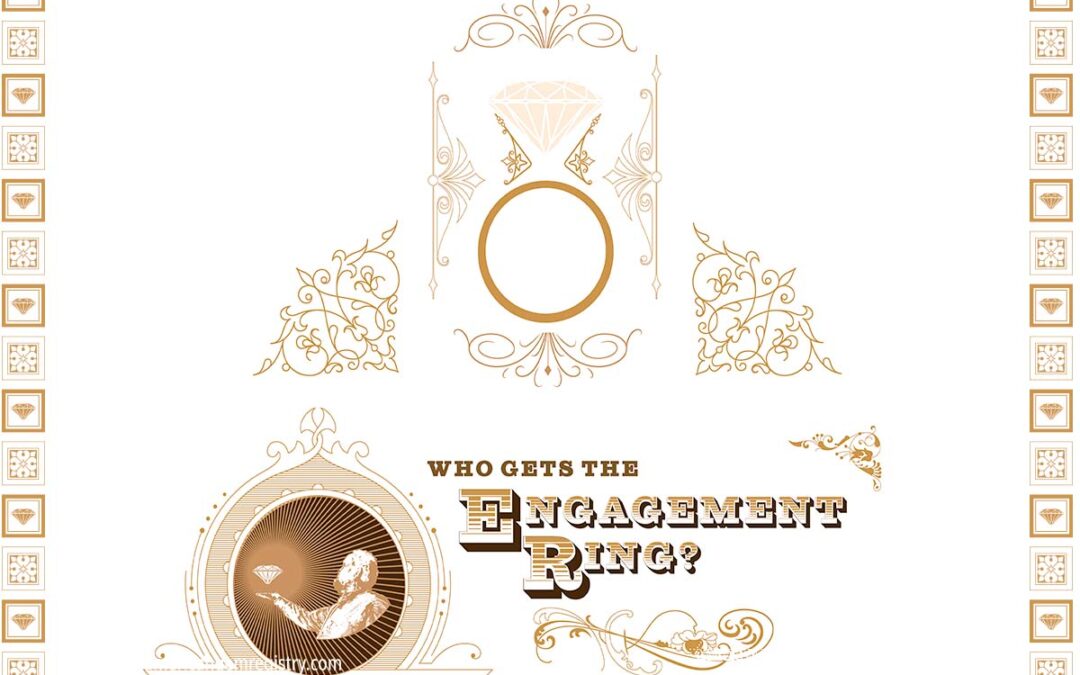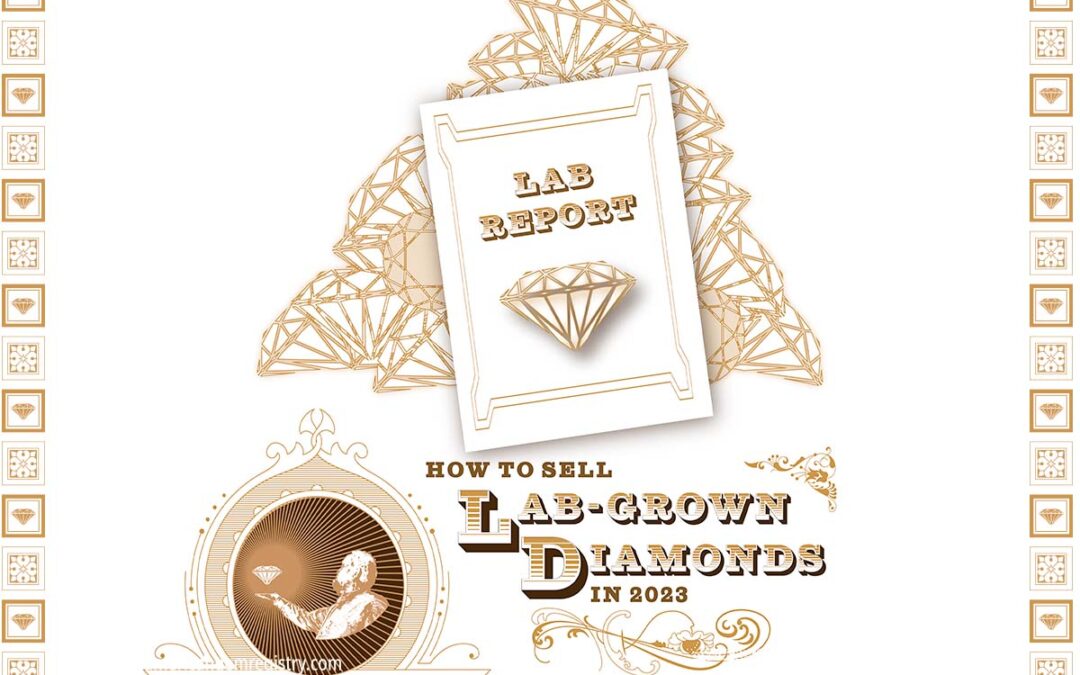Many internet and even local vendors will include an ‘appraisal’ with your purchase….for FREE! Is that good enough for your insurance company.
Will Your Insurance Company Accept the Included Appraisal?
Maybe. Probably. If it’s for roughly the correct item, and it’s signed and dated, the company will probably agree to it. The bar for most insurance companies is pretty low. They don’t usually require any appraisal credentials beyond, possibly, a gemologist diploma—which isn’t even an appraisal credential—and the agents don’t really know what to look for in any case.
The key question is this:
Will the Included Proposal Work for the Intended Purpose?
An insurance-type appraisal has several purposes.
The first is to provide sufficient details for the insurance company to replace the item with another of like kind and quality in the case of a loss. (If you never have a loss, none of this matters at all.) That makes how they handle claims a critical element. They aren’t going to write you a check. In general, the process is to strip off personal details and the price from the report, and ship the rest to their chosen jeweler. The replacement jeweler will make a bid based on what they’re given, and the insurer will go with whoever is cheapest. As long as that’s below the face value of the policy, that’s it. They buy you a new item, charge you your deductible, and pay the jeweler directly. Done. This is why they’re asking for an appraisal up front, before they’ll even bind the policy.
The Second Purpose of an Insurance Appraisal
The second use is it helps them to set the premium. Usually they charge between 1-2% of the declared value per year for coverage. You or your seller can declare the value as high as you like and it’s no skin off their nose. They only pay what it actually costs them to replace it, less the deductible.
Here’s an example: Buy a ring for $1000 and submit an appraisal that says it’s ‘worth’ $5000. That’ll cost you about $100/year in premiums. Woohoo. You got a bargain. What happens when you have a claim? They can almost certainly get it for the same $1000 that you did and possibly less. They have whole departments for this and they’re very skilled shoppers. Subtract the $1000 deductible and the payout is $0. What’s not for them to like about THAT? It’s you that should object.
What About the Details in the Included Appraisal?
Weights, dimensions, stone counts, grades and sizes beyond the center stone, that sort of thing. Remember, this is the purchase order for the replacement and it probably isn’t going to be with the jeweler who sold it in the first place. The standard is the cheapest thing that will meet the specs. “One gold ring with 0.50ct diamond”. How cheap can a jeweler make that? Hint: Pretty cheap. If you paid up for particular grades, or weights, or your designer, it better be in the report or it won’t be part of the replacement. Remember, it’s not the PRICE that defines this, it’s the description and the photos. They did include photos, right? That $1000 ring mentioned above can be replaced for $500 by using cheaper materials and craftsmanship.
About Those Photos
Yes, they need photos. More than one. They show the condition. They show the brand identification and quality marks. They are how the replacement jeweler is going to base the style. Without it they have next to nothing to work with.
Quality Control: The Real Reason for the Included Appraisal
This is the real reason they included this document. The last thing the selling jeweler wants is for you to visit a competitive jeweler and have them tell you they did a bad job. Especially if they did. They want to control the process. If you never know there’s a problem, they don’t have to fix it. You don’t come back with ugly questions. The insurance agents don’t know jewelry, nor should they. Even those who do don’t have anything but the report to work from. They’ll never see loose or damaged stones, miskarated items, undisclosed lab diamonds, broken seams and so on. I have yet to see a seller written report mention any of these things.
If You Get Anything From This Article, Let It Be This:
Seller supplied documents are NOT the same as independent appraisals, even if they call them that. Not even if they were written by a qualified appraiser, which they rarely are. It’s not ‘independent’ if the jeweler (the person who sold you the jewelry) was the client. It’s not your insurance agent who should be picky about this, it’s YOU.
Independent Jewelry Appraisals in Denver, Colorado

The American Gem Registry provides a variety of jewelry appraisal services in Denver, Colorado:
- Gem and Jewelry Appraisals
- Estate Evaluations
- Expert Witness
- Pre-Custom Consultation
- Re-Cut Consultation
- Damage Consultation
- Restoration Evaluation
- Re-Cut Consultation
If you have any questions, please call during my normal business hours at the number below. Or, you can schedule your Jewelry Appraisal Appointment online today!








